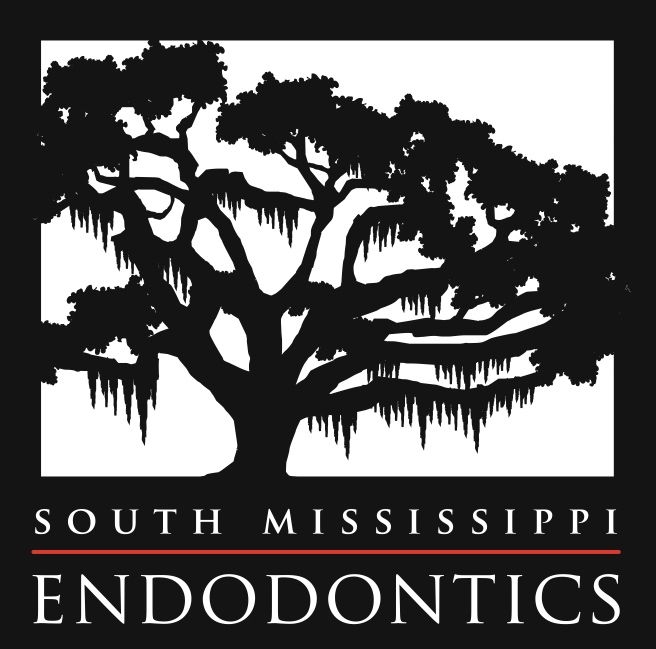Understanding your Dental Insurance:
The factors stated below make determining the reimbursement level of your insurance very difficult to estimate accurately. We will assist you to the best of our ability in obtaining the maximum benefits from your insurance.
Your dental plan is designed to share in your dental care costs. It will not cover the total cost of your treatment. Most plans cover between 20 and 80 percent of endodontic services. Sometimes, needed services are not covered at all. Generally, a dental benefit plan is a contract between your employer, or plan sponsor, and a third party (insurance company). These contracts vary widely. There are many ways in which dental plans are designed and how reimbursement levels are determined. You need to know how your dental plan is designed, and its limitations.
UCR (Usual, Customary, and Reasonable)
These plans pay an established percentage of the dentist's fee or pay the plan sponsor's "customary" or "reasonable" service fee limit, which ever is less. Although these limits are called "customary", they may not reflect the true value of the service that a dentist provides. As a result, it may be noted on your bill that the fee a dentist has charged you is higher than the reimbursement levels of UCR. Keep in mind there is no regulation for how insurance companies determine reimbursement levels, resulting in wide fluctuation. In addition, insurance companies are not required to disclose how they determine these levels.
Annual Maximums
Your insurance purchaser makes the final decision on maximum levels of reimbursement through the contract with the insurance company. Your annual maximum may be unknowingly exceeded or nearly exceeded when we provide an estimate of your endodontic treatment.
Treatment Exclusions
Your dental plan may not cover certain portions that are required for the appropriate treatment of your unique situation. This does not mean these treatments are not necessary.
